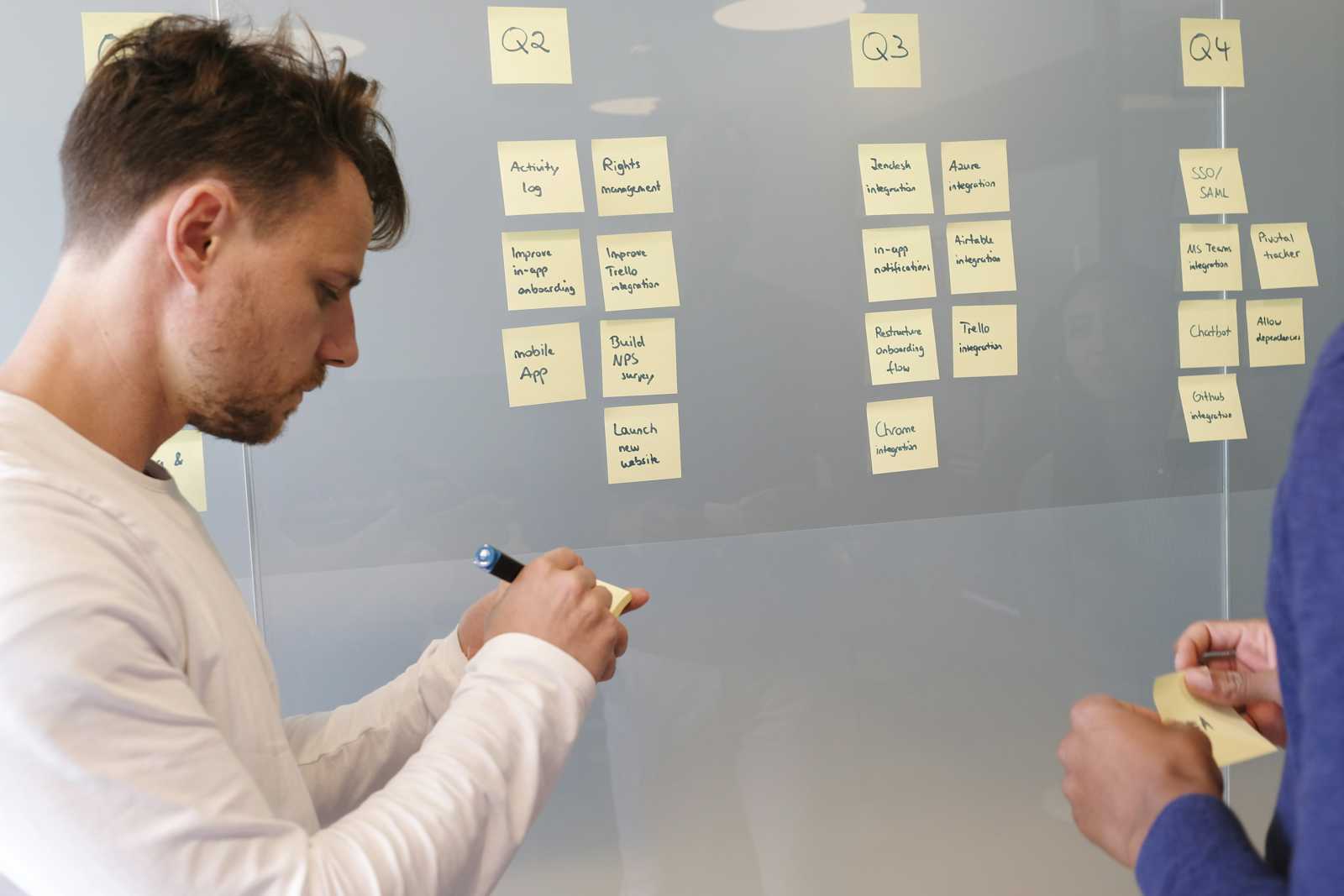Guide to mastering CTFs, especially for a beginner:
 Masum Kazi
Masum Kazi
step-by-step guide to mastering CTFs, especially for a beginner. I tried to make a CTF roadmap for absoloute begineers:
Step 1: Master the Basics
Networking: Learn the basics of IP addresses, DNS, HTTP/HTTPS, and protocols. Study network layers (OSI model).
Linux Commands: Get comfortable with commands for file navigation, permissions, file transfer (
scp,ftp), and network tools (ping,netstat,nmap).Basic Scripting: Pick up Python and Bash scripting for automation and quick problem-solving.
Resources:
Networking: “Computer Networking: Principles, Protocols, and Practice” (free online book)
Linux: OverTheWire’s Bandit challenges (teaches Linux basics)
Python: Automate the Boring Stuff with Python (great for scripting)
Step 2: Dive into Web Exploitation
Learn Web Vulnerabilities: Start with OWASP Top 10 vulnerabilities like SQL Injection, XSS, CSRF, and File Inclusion.
Tools: Get familiar with tools like Burp Suite (for intercepting and modifying HTTP requests) and SQLmap (for SQL injection testing).
Challenges: Practice challenges focused on web hacking to understand real-world web applications.
Resources:
OWASP Top 10 Project (owasp.org)
PortSwigger Web Security Academy (free Burp Suite-focused labs)
Challenges: PicoCTF, Hack The Box (web-specific challenges)
Step 3: Learn Cryptography Basics
Understand Common Ciphers: Start with Caesar, Vigenère, XOR, and other substitution ciphers.
Encoding/Decoding: Get familiar with Base64, hex, and ASCII conversions.
Encryption Fundamentals: Learn basics of hashing (MD5, SHA-1), symmetric (AES), and public-key cryptography (RSA).
Resources:
CryptoPals (a free cryptography challenge set)
Online tools: CyberChef (for quick encoding/decoding)
Challenges: CryptoHack
Step 4: Explore Forensics
File Analysis: Analyze file headers, metadata, and extract embedded data.
Network Forensics: Learn to analyze packet captures using Wireshark.
Memory and Disk Forensics: Explore tools like Volatility for memory analysis and Autopsy for disk analysis.
Resources:
DFIR Training (great forensics training and tools)
TryHackMe and PicoCTF (forensics challenges)
Step 5: Practice Binary Exploitation
Assembly Basics: Learn about assembly language and CPU registers (like EAX, EBX).
Basic Buffer Overflow: Understand memory management, stack overflow, and how exploits work.
Tools: Practice with tools like GDB (GNU Debugger), Ghidra (reverse engineering), and radare2.
Resources:
LiveOverflow (YouTube channel focused on binary exploitation)
picoCTF and ROP Emporium for beginner buffer overflow challenges
CTF practice sites: Hack The Box, TryHackMe
Step 6: Engage in CTF Challenges
Start with beginner-friendly platforms like PicoCTF, TryHackMe, and Hack The Box.
Solve challenges regularly and take notes on each problem, solution, and new concepts you encounter.
As you progress, start participating in live CTF competitions to test and refine your skills under timed conditions.
Step 7: Refine and Specialize
Red Team/Blue Team: Decide if you’re more interested in offensive (Red) or defensive (Blue) skills. Focus on challenges that align with your goals.
Community and Resources: Join CTF communities, discuss problems, and share knowledge on forums or with a CTF team.
Continuous Learning: Stay updated with new vulnerabilities, tools, and techniques in cybersecurity.
This should build a solid CTF foundation, progressively improving your skills step-by-step.
Subscribe to my newsletter
Read articles from Masum Kazi directly inside your inbox. Subscribe to the newsletter, and don't miss out.
Written by

Masum Kazi
Masum Kazi
A passionate learner, who loves to learn new things in this tech world.